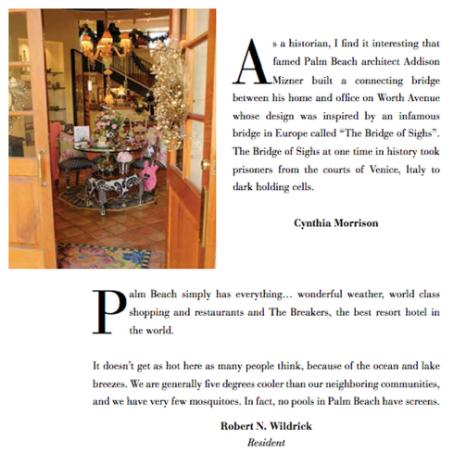- Home
- Contact
- Stunts Land
- Stunts Underwater
- SHAWSHANK
- Angola Prison
- Ripleys Believe It or Not
- Leg Iron Olympics
- Devils Triangle
- Great American Warrior Tour
- Chattahoochee
- Bridge of Sighs
- Magicseen Media
- Burlington Prison
- Handcuff Challenge
- Mt Dora - Punta Gorda Jail
- Sing Sing Prison
- Gas Chamber
- Media
- Anna Maria Island
- My Year of Living Fearlessly
- Turner Co Jail
- Team Jailbreak
- Von Anhalt
- 360 Degree Cell
- Houdini's Assistant
- Palm Beach Webcam
"BRIDGE OF SIGHS"
By Cynthia Morrison - Confinement Historian / Escapologist
The cold, harsh and insensitive conditions of the Human
cage are not always the most dreaded. The prisoners of Venice Italy expressed
disgust to the passage into inhumanity for which Lord Byron named the "Bridge of
Sighs". When prisoners were led from the Palazzo Ducale (Venetian Government
building.) to the cells of the Palazzo dei Prigioni, they let out a sigh as they
crossed over the bridge -- seeing their last bit of daylight. The Palazzo was
recently described as "a Renaissance tour-de-force combining opulence and
restraint"
Today, The palazzo's "secret itinerary" guided tour takes you to
the doge's private apartments, through hidden passageways to the torture
chambers, where prisoners were "interrogated," and into the rooftop piombi
prison, named for the building's leaded roofing. Giacomo Casanova (1725-98),
Venetian-born writer and libertine also the illegitimate son of a touring
actress, was imprisoned here in 1755, having offended someone in power. (He was
officially charged with being a Freemason). Casanova attempted to escape twice.
Casanova found an iron rod in the prison yard and fashioned it into a digging
tool. For several months, he secretly worked on a tunnel that would take him out
of his cell. His hopes were dashed, however, when he was suddenly forced to move
to another cell. Realizing the guards would carefully watch him in his new cell,
Casanova gave his iron tool, which he had managed to retain, to the prisoner in
the next cell, a monk named Balbi, and begged him to dig one tunnel joining
their cells and another between the monk's cell and the outside. Balbi agreed,
and when he had completed the tunnels, both prisoners crawled out of Balbi's
cell and managed to escape from the Leads using the iron tool to force open
doors and gates in their way. He made his way out of the Palace and walked
directly down the Golden Staircase and out the main entrance! The warders saw
him leaving but they thought he was a politician and didn't stop
him.
Casanova fled to France, where he continued his career of intrigue and
scandal. They were the only prisoners ever to escape, and their guard was
imprisoned for 10 years.
The interior of the bridge of sighs in Venice
is divided into two narrow passages separated by a wall. From inside its grilled
windows, prisoners were led to the State Inquisitor's Room on the third floor of
the Palace. The bridge is completely enclosed and seems somewhat short. Many of
the prisoners had to slouch to get through
In reality, the days of
inquisitions and torture were over by the time the bridge was built and only
small time crooks were kept in the prison cells. The prison building is older
than the Doge's palace and was at one time used during the inquisition by the
Church during the Middle Ages when people were suspected of being heretics,
witches or non-believers in the faith, and tortured and generally
tormented.
There are a few places around the globe that sport their
version of the famous bridge. Namely at Cambridge and Oxford Universities in the
UK. Another happens to be located in my hometown area of Palm Beach. Addison
Mizner inspired this recreation of the bridge with his fascination for
Mediterranean architecture.
Mizner was a flamboyant designer with no formal
training. As a child he traveled around the world with his father, who was the
US minister to Guatemala.
Mizner drew some of his inspiration from a
scrapbook of postcards, photographs, drawings and sketches he kept sorted by
subjects. He'd browse through the scrapbook whenever he needed an idea. He built
his bridge of sighs replica adjoining his house to his working office quarters.
At one
point his Father sent him to architectural school. There Addison was expelled
from the school with officers claiming that his ideas became far too unorthodox
to continue any type of successful career in the chosen field. Today this
behavior is referred to as "eclectic creativity". Needless to say he proved them
wrong! The Mizner elements flourish in the south Florida resort of Palm Beach.
But only one of his architectural masterpieces in particular embraces
"Mediterranean anguish". The Bridge of Sighs at Via Mizner Worth
Ave."
Copyright 2008, Cynthia Morrison - Confinement Historian

